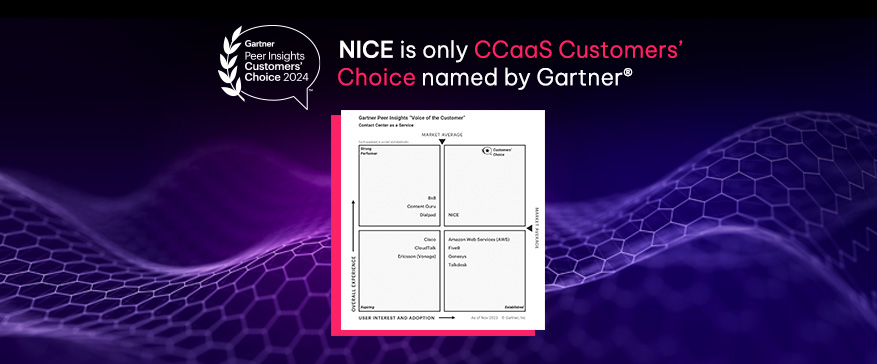Digging deeper
Online students have become more and more geographically diverse and because of this, tend to struggle in making connections with professors and administration. A university study found that online students were “slightly less satisfied with their course experience than students in in-person and blended classes.” [2] The world is becoming digital, and students are having a worse learning experience because of it.Likewise, traditional students, those attending brick-and-mortar institutions, also struggle having a positive student experience. National Center for Education Statistics found students reported troubling feelings such as “worry and loss, feelings of disconnection and a tension in the relationship between students and their institutions.” No doubt poor student experience can affect a student's decision to remain enrolled in an educational program.Money and the student experience
The cost of full-time attendance at a four-year college has increased over 180% since 1980. [3] Inflated tuition costs lead to financial stress and negatively impacts a student’s experience with their institution. With a migration of many courses to online platforms, a global study found some students have started to question the value for money of their courses. It is not uncommon for students to identify as customers of their university and report low customer satisfaction scores. Students’ dissatisfaction with their institution, at some point in their tenure, is almost unavoidable. The ability to respond to student questions or complaints about tuition, professors, and assignments is what sets institutions apart from one another. Problem resolution is closely connected to student satisfaction.Tech challenges
As online formats have overtaken many facets of education, institutions must ensure they are delivering high-quality, engaging content in a virtual environment. Technological challenges can disrupt the learning environment.As technology continues to advance, educational institutions are expected to keep pace with these changes. Maintaining an effective technology infrastructure requires ongoing investment and maintenance. Institutions must ensure that their technology is up-to-date and functioning properly to avoid disruptions to student learning. This also means providing students with access to the latest technologies and tools to support their learning.Not all higher education institutions are equipped to meet these technological demands. Some may lack the necessary infrastructure to support technology integration, while others may lack the resources to invest in new technologies. Lack of modern technology can negatively affect a student’s perceived value of their institution and can make it difficult for students to engage with course materials and stay motivated to continue their education.Improve your curriculum
Delivering exceptional student experiences is essential to attracting and retaining students. As the education field moves further away from the traditional setting, fewer interactions are carried out in-person and more have become digital. Administrations must keep pace with the fast-moving and evolving student demographics. Viewing the student as a customer and implementing a student experience strategy can make communication smoother, allow for superior digital services, provide data insights, personalize experiences, and connect with existing education technology. Here are some examples of using CX technology to increase student engagement.1. Streamlined communication channels
Combining email, chat, social media, and phone, into one place simplifies CX management and makes it significantly easier to chat with students and give them quick answers to their questions. With a unified platform for communication, administration can enrich the student experience with messages that are personal and consistent, no matter the platform they choose to use.2. Digital self-service capabilities
Institutions can help students get the help they need without having to speak to a person, thanks to 24/7 self-service options such as chatbots, knowledge bases, and interactive voice response (IVR) systems. Traditional students are starting their new lives and increasing their independence daily, they have the desire to help themselves. With the ability to personalize self-service options, institutions can give students what they want in a way that is unique to them. By providing self-service options, students do not have to wait on lengthy holds and deal with being bounced from front desk to front desk. By providing students with the information they need faster, institutions create a better student experience.
3. Improved data analytics
Healthy data analytics provide institutions with insight into student interactions and behaviors. With data analytics, institutions can track key metrics such as call volume, wait times, and resolution rates. They can also monitor sentiment analysis to understand how students are feeling about their experiences. Backed by data, institutions can identify areas for improvement and optimize their student experience strategy to better meet the needs of students.4. Personalized experiences
By adding student interaction data with an institution’s student information system, provost offices can see what is going on with students in real time, such as enrollment status and academic records. This allows staff to provide tailored responses to student inquiries and offer personalized recommendations that fit each student’s goals. By providing personalized experiences, institutions can enrich the student's experience and encourage a positive connection with the institution. With this information, staff can provide students with a more personalized experience that caters to their unique needs and interests.5. Integration with other education technology
Education institutions are managing loads of different technologies. Integrating student experience with existing education technologies is essential to enhance the student experience. For example, institutions can integrate with specific learning management systems (LMS) to provide students with seamless access to course materials and assignments. The integration of education technology can erase student problems and questions and make the student experience more convenient and efficient, improving student satisfaction.How to create great student experiences
Institutions can leverage customer experience best practices to create a positive student experience. By streamlining communication channels, seamless digital self-service capabilities, personalized experiences, enhanced self-service options, data analytics, and integration with other education technology, institutions can optimize their student experience strategy and set themselves apart from the competition. Technology plays a significant role in enhancing the student experience. By implementing innovative solutions, institutions can create a better learning environment for their students. By staying ahead and investing in CX tech, institutions can fulfill their enrollment quotas and boost the number of satisfied students.NICE helps institutions of higher education recruit and retain students and employees. Learn more here.[1] National Center for Education Statistics: Educational institutions (2022)[2] Cornell Chronicle: STEM students learn as well online as in classrooms (2020)
[3] Best Colleges: 7 Challenges Threatening the Future of Higher Education (2022)









